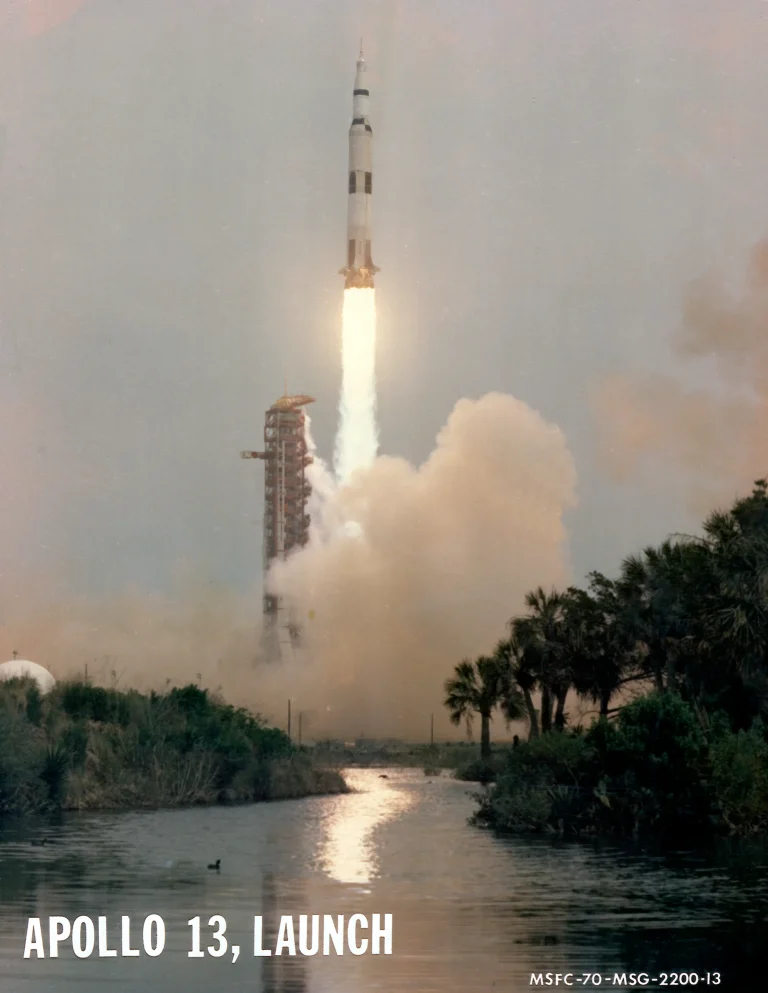当国际空间站在南大西洋上空266英里的轨道上运行时,在地球的边缘可以看到一颗盈凸月。
说到月球,3月20日晚从地球上看,2019年最后一颗超级月亮将出现在夜空中,与春分时间重合。超级月亮有什么特别之处?事实上,什么是超级月亮?
“超级月亮”一词诞生于1979年,用来描述天文学家所称的“近地点满月”(perigean full moon, pear-ih-jee-un):满月发生在月球围绕地球轨道的最近点附近,或发生在此时。
今晚的超级月亮是2019年第三次也是最后一次超级月亮。第一次是1月21日,第二次是2月19日。
在这幅图中,月亮正在变大。凸月意味着它小于满月,但比第三季度的月亮形状要大。
A waxing gibbous Moon is seen above Earth’s limb as the International Space Station was orbiting 266 miles above the South Atlantic Ocean.
Speaking of the Moon, from Earth on the night of March 20, the last supermoon of 2019 will be visible in the night sky, coinciding with the spring equinox. What’s so special about a supermoon? Indeed, what is a supermoon?
The term “supermoon” was coined in 1979 and is used to describe what astronomers would call a perigean (pear-ih-jee-un) full moon: a full Moon occurring near or at the time when the Moon is at its closest point in its orbit around Earth.
Tonight’s supermoon is the third and final supermoon of 2019. The first was on Jan. 21, and the second was on Feb. 19.
In this image, the Moon is waxing or growing bigger. Gibbous means that it is less than a full Moon, but larger than the Moon’s shape in its third quarter.







